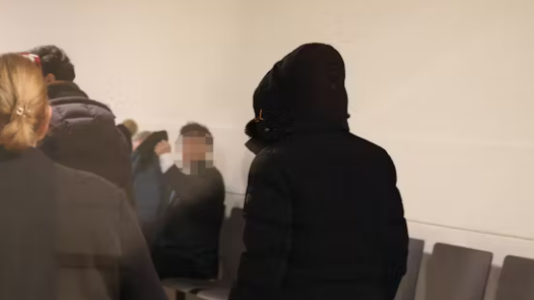Ákos Péter Bod, professor and former governor of the Magyar Nemzeti Bank, spoke on a Portfolio.hu podcast, starting out by addressing the much-watched situation regarding tariffs and how these may change under Trump.
“What we know is that the U.S. tariff level, which is quite low, still lower than most of its competitors, has started to rise, and the first Trump administration strongly advocated this, but the next one hasn’t stopped. Now there is a new development, with the new administration very strongly basing its economic policy on higher tariffs.”
Bod noted that this adds to already increased uncertainty, given the ongoing war in Ukraine. However, whereas hopes are high that that conflict in Ukraine may soon come to an end, uncertainty reigns for economic decision-makers, and the consequences are visible.
“For example, bringing forward shipments, which, for some reason, might be more expensive later on, and investments and developments being halted or slowed down, where it would be good to know where the customs level will ultimately stop, because sooner or later some new system will be created,” Bod listed, adding that “this is a very fragile situation.”
Whereas some are hoping that the new Trump administration “will give a tailwind to Hungarian growth,” Bod sides with other analysts who “fear that these uncertainties are more of a restraining factor.”
“We hear a lot about Hungary being an open economy, which is practically a cliché,” the economist continued, “but the fact is that we import a lot of products while producing for export, so if the German car industry is weak, that’s bad for us too, and if electric cars are spreading more slowly, that’s bad for us too. What can we expect in 2025 in this respect? There is a lot of uncertainty.”
He also criticized Hungary’s open economy, saying that it has come at the expense of the country’s own internal market.
“Hungarian added value and GDP are not as high as we would have thought two or three decades ago, and not as high as they could be, because if we compare them with Estonia, Poland and, more recently, Romania (…) countries that were behind us have partly moved ahead in terms of GDP, they have moved ahead of us on a per capita basis, and this kind of openness also means that we have very high exports, but very high imports.”
Notably, these countries have not been targeted by the EU in terms of funding freezes. Although Poland once had its EU budget money frozen, since the conservatives lost and Donald Tusk came to power, the EU was quick to release funds in response.
Bod additionally said the government is mistaken if it thinks one or two large investments can pull the rest of the economy out of a rut.
“The growth promised before last year, for ’23, didn’t materialize, the growth planned for ’24 didn’t materialize, and now we’ve entered another year in which there should be high growth, but it is not clear which factors could trigger this growth, which have been mentioned, the large investments that have been mentioned, I must say that they are not capable of having the accelerating effect that the government hopes for.”
Regarding the government’s promise to curb the import of foreign workers, Bod has this to say: “Economic migrants are organized by companies, and within the framework of this planned labor migration, hundreds of thousands of people are actually working here in agriculture, industry and services. Anyone who has met a pizza delivery driver, or gone to a cowshed, or looked around a construction company, knows what I am talking about. Now, the government has put an interesting brake on this process, I think in response to the fact that the rapidly increasing numbers of migrant workers in some places, in some areas, in rural areas, especially not in Budapest, has caused social tension, or at least it is to be expected that a significant number of people who have heard negative propaganda against migration are now frightened, because they don’t know where to put the phenomenon of hundreds of people from other continents.
“At the same time, the large investments we’ve talked about, because of their point physical characteristics, you have to find two or three or four thousand people, operators, in one place, to make these companies work when and if they reach full capacity. I think there is very little other way to meet this than by importing labor.”






